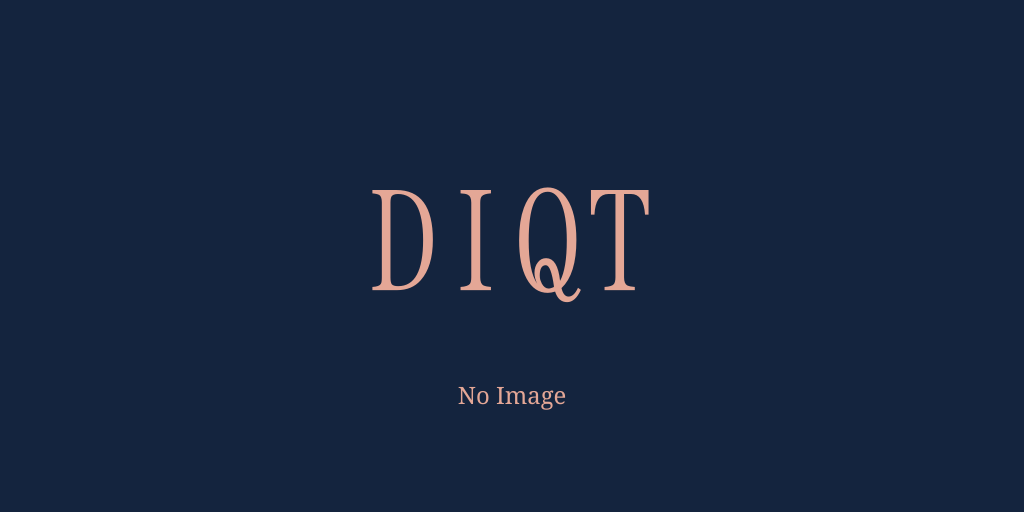検索結果- 日本語 - 英語
検索内容:
漢音
Kan'on, a Sino-Japanese kanji pronunciation layer; based mainly on the Chinese pronunciation in use in the areas around Chang'an (around modern-day Xi'an) and Henan, as imported into Japanese in the Nara period and the early Heian period in Japanese history, and roughly from the late Tang Dynasty through the early Song Dynasty in Chinese history. The predominant layer used in Japanese today, as opposed to the other layers which are associated with restricted sets of words (Buddhism, etc.).
促音
(Japanese phonology and phonetics) a moraic obstruent (the first half of a Japanese geminate obstruent, such as the first [k] in [kk], usually phonologically noted as /Q/, bearing one mora as the coda of a syllable)
陰陽師
(historical) under the 律令 (Ritsuryō) system, a position in the 陰陽寮 (On'yōryō) who specialized in Chinese-influenced astrology, cosmology, divination, and other occult practices
慣用音
a normalized kanji reading that falls outside of the conventional categories (呉音 (gōon), 漢音 (kan'on), 唐音 (tō'on)), not showing the expected correspondences to the "correct" Chinese pronunciation recorded in rime dictionaries
濁音
(traditional Chinese phonology) a voiced onset obstruent / (traditional Japanese phonology) a mora with a voiced onset obstruent
撥音
(Japanese phonology and phonetics) a moraic nasal (usually phonologically noted as /N/, variously realized as [m], [n], [ŋ], [ɴ] or a nasalized vowel, bearing one mora as the coda of a syllable)





